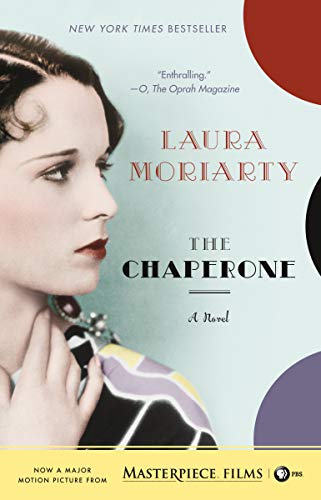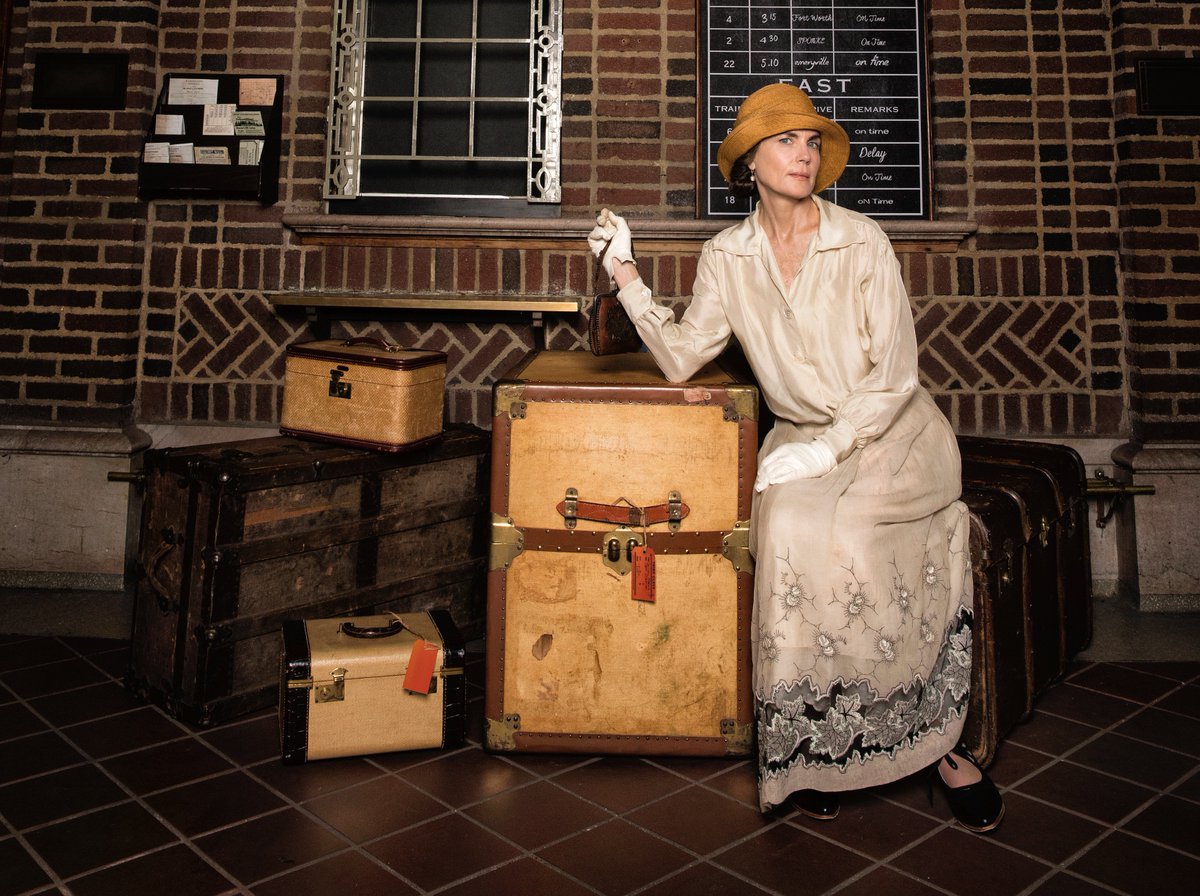

His eyes and hands search a great heft of rock for its secret seams, and then, with wedge and mallet, he splits it open as one might split an orange.


When I remember him, he is working, always working, at his craft. Like the works of his hands, my father also remains vivid. Drizzle-gray slabs of slate, smoothly planed and cool to the touch grainy sandstone in its striated shades of red and brown and buttercream soapstone soft enough to etch with a thumbnail, yet somehow able to resist the assaults of time and the elements letters and symbols, crosses and cherub wings, and forlorn-looking skulls chiseled delicately into the surfaces beveled edges smooth and sharp beneath the pads of my small, inquiring fingers. Even all these years later, I can still see those gravestones vividly. Death, to me, was tied inextricably to cherished things: to craftsmanship and poetry, to my father and to the beautiful things he made, and I couldn’t help but feel some tenderness for all of it. Many folks found this proximity to death and its souvenirs discomfiting, but my father was the first gravestone carver in the village of Stratton, New York, which meant that the distillation of death and grief into beauty was our family business. Instead, small, shambling family graveyards butted up against barns, or sprung up like pale mushrooms at the edges of pastures, in the yards of church, and school, and meetinghouse-until eventually you could look out across the village, see all those gravestones like crooked teeth in a mouth, and wonder who the place really belonged to, the huddled and transient living or the persistent dead? Cemeteries were not common in the early years of the 1830s. WHEN I was a child, the dead were all around us.


 0 kommentar(er)
0 kommentar(er)
